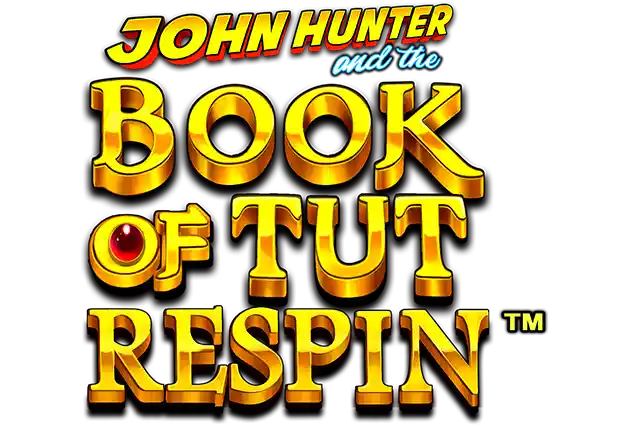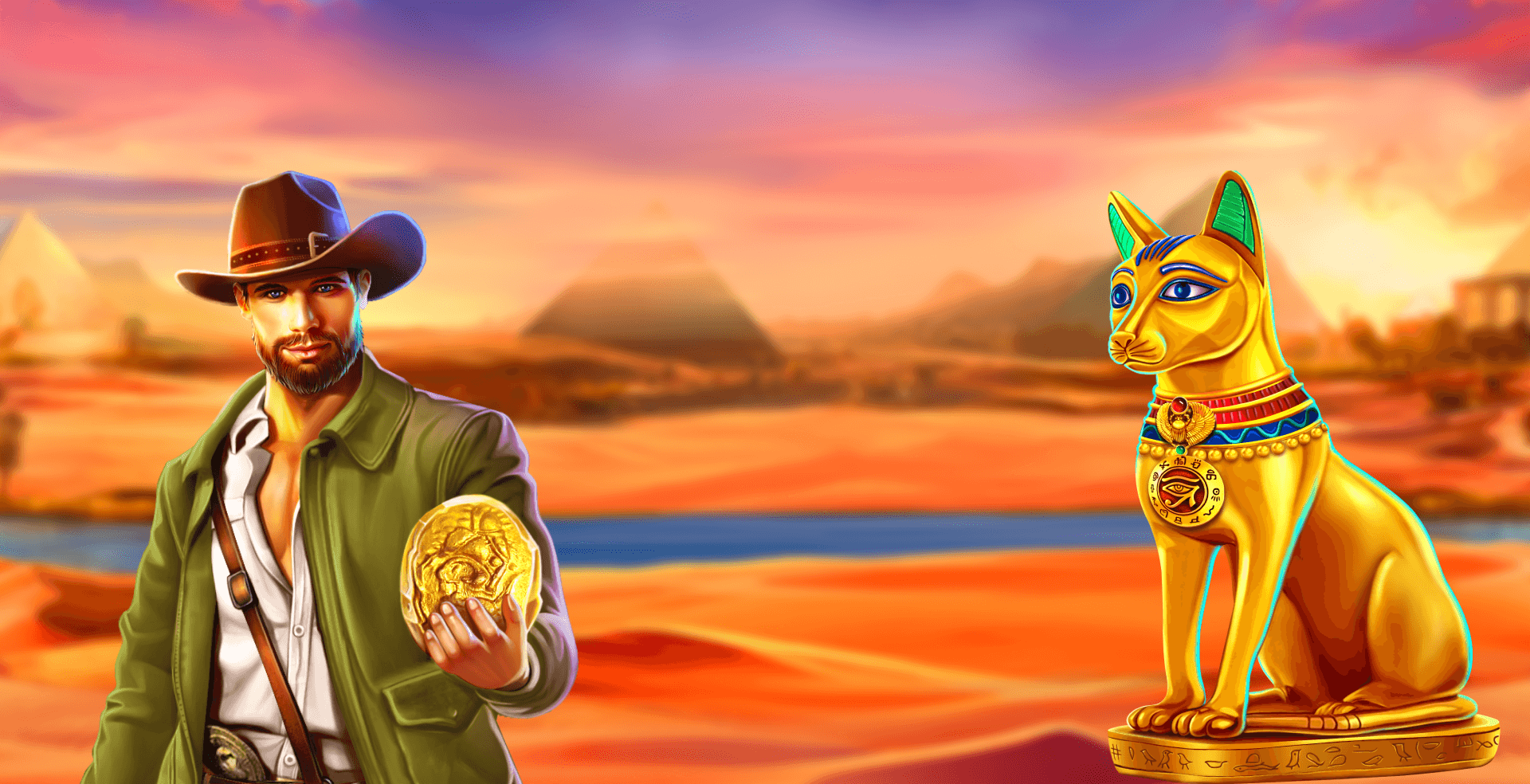Exploring John Hunter and the Book of Tut Secrets


For those eager to comprehend the intricate details surrounding the pharaoh, seeking out the insights offered by scholarly works is imperative. A deep analysis of artifacts and historical context reveals a wealth of information about the life, reign, and burial of the young monarch. Understanding these elements can dramatically reshape perceptions of ancient Egyptian civilization.
Consider immersing yourself in archaeological findings and studies that illuminate the significance of Tutankhamun's tomb. Focus on key artifacts, such as ornate jewelry and ceremonial objects, which illustrate not only the wealth of the era but also the spiritual beliefs that guided burial customs. Historical accounts detail the meticulous preparation that characterized the entombment process, underscoring the cultural importance attributed to the afterlife.
Additionally, a thorough examination of manuscripts that document early explorations can enhance your knowledge substantially. Pay close attention to the methodologies employed by explorers and researchers who first encountered this royal burial site. Their documented experiences provide keen insights that bridge the gap between past and present, allowing for a more nuanced appreciation of Egyptian history.
The tales surrounding the tomb's discovery and the subsequent findings serve as a compelling source of inspiration. As you investigate these narratives, reflect on how they have shaped modern interpretations of ancient practices and beliefs. Pursuing this path reveals not only specific historical facts but also the enduring fascination with Pharaoh’s legacy in contemporary culture.
The Legacy of John Hunter's Discoveries
Innovative approaches in anatomy and surgery transformed medical practices. Contributions made during his lifetime established a foundation for modern surgical techniques, emphasizing precision and observation. Techniques developed not only enhanced understanding of human physiology but also inspired future generations in medical research.
Advancements in pathology arose from his studies, leading to better diagnosis and treatment of diseases. His meticulous documentation of surgical cases provided invaluable reference material, fostering knowledge sharing within the medical community. The establishment of surgical laboratories for practical training reflects his commitment to education.
Additionally, his investigations into the healing process marked a departure from traditional beliefs, encouraging evidence-based practices. This shift profoundly influenced surgical methodology, prioritizing outcomes over mere procedural success.
The integration of his findings into academic curricula shaped the training of healthcare professionals. Institutions today continue to honor his work, illustrating its lasting significance in medical education and practice.
Emphasis on ethical considerations in health care can also be traced back to his advocacy for rigorous standards and patient care. His legacy remains integral to ongoing discussions regarding medical ethics and standards in contemporary practice.
Understanding the Significance of the Book of Tut
This ancient text serves as a pivotal resource for comprehending the cultural, spiritual, and historical context of its time. Its contents reveal insights into the rituals and beliefs that defined a particular civilization, shedding light on practices surrounding life, death, and the afterlife.
Analysis of the manuscript indicates its dual purpose. Firstly, it acts as a guide for navigating the afterlife, detailing spells and incantations meant to aid the deceased. Secondly, it reflects the societal values and the intricate belief systems held by those who created it. This layered meaning makes it an invaluable asset for scholars studying ancient religious practices and cultural evolution.
Furthermore, the text stands as a testament to the artistry of its creators, showcasing advanced writing techniques and symbolic language. The diverse interpretations of its passages indicate the variability of understanding across generations, ensuring ongoing discourse in academic circles.
Engaging with this manuscript invites a multidisciplinary approach, combining archaeology, history, literature, and anthropology. Such an inquiry not only enhances comprehension of the text itself but also contributes to a broader appreciation of its impact on contemporary cultural narratives.
In conclusion, the manuscript warrants attention for its rich content and the profound questions it raises about belief, death, and the human experience throughout history.
Key Artifacts Linked to John's Research
Royal Sarcophagus: This elaborate burial container, crafted from intricate materials, serves as a focal point of investigation. Its inscriptions reveal insights into the funerary practices and beliefs of the time.
Canopic Jars: Often associated with mummification, these jars housed the essential organs of the deceased, each representing a cardinal direction and deity. Analyzing their craftsmanship can provide clues about the deceased's status and the prevailing religious norms.
Golden Mask: A masterpiece of goldsmithing, this artifact symbolizes the opulence of royalty. It reflects techniques and materials used in ancient craftsmanship, offering a direct connection to the artistry of the period.
Hieroglyphic Inscriptions: Found across various artifacts, these writings offer a wealth of information regarding historical events, rituals, and individual identities. Deciphering them can enhance understanding of socio-political dynamics in ancient Egypt.
Funerary Objects: Items like jewelry, amulets, and tools placed in the burial site illuminate the daily life, beliefs, and cultural practices of the deceased. Their examination can reveal social hierarchies and trade routes.
Statuary: Statues, often depicting deities or the deceased, are critical for comprehending artistic conventions. The form, style, and materials used reflect the aesthetic principles and religious ideologies prevalent at the time.
Mummification Tools: Instruments used in preservation processes provide insights into medical practices and knowledge of anatomy. Investigating these tools can bridge the understanding of health and longevity in ancient societies.
Architectural Elements: Remnants of burial chambers and pyramid structures hold architectural significance. Studying these can inform on construction techniques, labor organization, and the cultural importance of these monumental builds.
Textiles: Fabrics found within tombs indicate the sophistication of weaving techniques and the cultural relevance of clothing in funerary rites. Analysis of dyes and patterns can enhance comprehension of trade and cultural exchanges.
Decoding Hieroglyphs: Insights from the Book of Tut
Study linguistic patterns in ancient scripts. Focus on phonetic components and logograms to decipher meaning. Hieroglyphs function as both symbols and sounds, which can lead to multiple interpretations of single signs.
Analyze specific glyphs such as the ankh (𓋱), symbolizing life, and the scarab (𓆣), representing rebirth. Contextual placement within inscriptions determines their meaning. For instance, the sequence of symbols before a hieroglyph can clarify its significance.
Employ grammatical structure to enhance understanding. Many inscriptions follow a Subject-Verb-Object format, allowing for logical translation. Familiarity with this structure aids in translating complex phrases.
Utilize comparative studies with other texts from similar periods. Insights from contemporaneous cultures enhance comprehension of Egyptian script nuances. Look into how similar symbols were rendered in related dialects.
Consult hieroglyphic dictionaries and lexicons for detailed definitions of each character. Resources like the Egyptian Grammar by Sir Alan Gardiner provide foundational knowledge. Cross-reference symbols to verify consistency in meanings.
Practice through real examples. Translate short inscriptions and compare translations with scholarly sources. This hands-on approach reinforces learning and enhances proficiency in reading hieroglyphs.
How to Access Resources on John Hunter's Work
To obtain materials related to the achievements and research of this influential figure, utilize the following strategies:
| Resource Type | Access Method | URL/Location |
|---|---|---|
| Academic Journals | University libraries and online databases | JSTOR, ScienceDirect |
| Books | Public and university libraries, bookstore websites | Amazon, Goodreads |
| Documentaries | Streaming services | Netflix, YouTube |
| Online Lectures | Educational platforms | Coursera, edX |
| Research Conferences | Academic institutions and associations | Elsevier Conferences |
Connect with experts through forums or social media groups dedicated to related topics for further insights and collaboration opportunities.
Revisiting Myths: The Truth Behind Tutankhamun's Secrets
Consider examining the following aspects to separate fact from fiction regarding the young pharaoh.
- Curse of the Pharaohs: Myths surrounding a curse linked to the tomb's discovery have been widely exaggerated. Scientific investigations reveal that there is no basis for these legends; many individuals associated with the discovery died of natural causes.
- Death Cause: Theories abound regarding the pharaoh’s demise. Recent forensic analysis suggests that a combination of health issues, including a severe malarial infection and a broken leg, likely contributed to his untimely death around age 19.
- Mummification Process: Many believe that Tutankhamun underwent a unique mummification process. However, studies indicate that his embalming was consistent with standard practices of the time and not particularly exceptional.
- Treasure and Wealth: The vast treasures found in the burial site led to assumptions of immense riches. While the artifacts are indeed valuable, they are indicative of royal burial customs rather than an extraordinary wealth accumulated solely by the young ruler.
- Historical Impact: Despite his fame, Tutankhamun’s rule was relatively brief and did not significantly alter Egyptian history. Instead, his legacy is primarily a result of modern fascination with the artifacts and the archaeological find.
Engaging with accurate historical research and findings can dispel myths and provide insights into the life and times of this ancient monarch. Avoid relying solely on sensationalist narratives; instead, consult academic publications to gain a well-rounded understanding.


